Building upon the foundational understanding of Theatrical Symbols of Dionysus in Modern Entertainment, we explore how these ancient motifs transcend their theatrical origins to become vital tools for personal and collective identity in the modern world. The journey from mythic storytelling to individual ritual underscores a profound shift: ancient symbols now serve as gateways to self-discovery, emotional liberation, and societal transformation.
Contents
- 1. Introduction: From Theatrical Symbols to Personal Rituals—Reimagining Dionysus in Modern Identity
- 2. Historical Foundations: Dionysus as a Catalyst for Identity Transformation
- 3. Contemporary Rituals: Modern Expressions of Dionysian Practices
- 4. Psychological Dimensions: Dionysus and the Quest for Authentic Selfhood
- 5. Cultural Reinterpretations: Reclaiming Dionysus for Modern Identity Politics
- 6. Artistic Expressions: Ritual as a Tool for Self-Discovery in Contemporary Art
- 7. Non-Obvious Dimensions: The Neurobiological Effects of Dionysian Rituals on Identity
- 8. Challenges and Controversies: Navigating Cultural Appropriation and Authenticity in Dionysian Rituals
- 9. Returning to the Theatrical: Bridging Personal Rituals and Collective Mythic Narratives
1. Introduction: From Theatrical Symbols to Personal Rituals—Reimagining Dionysus in Modern Identity
The ancient theatrical symbols associated with Dionysus—such as drunken revelry, mask work, and ecstatic dance—have long served as expressions of collective myth and societal values. Today, these symbols are being reinterpreted within personal rituals that facilitate self-discovery and emotional authenticity. As modern individuals seek authentic identities amid complex social landscapes, the Dionysian archetype provides a compelling framework for embracing chaos, vulnerability, and liberation.
This transformation highlights a shift from collective storytelling—where myths reinforced shared cultural narratives—to individualized practices that empower personal growth. These rituals, whether in the form of music festivals, improvisational theater, or spiritual retreats, serve as contemporary expressions of Dionysian principles, fostering experiences that challenge societal norms and cultivate inner authenticity.
Connecting ancient symbols to individual self-discovery
Ancient Greek rituals celebrated Dionysus as a god of rebirth, chaos, and transcendence. Modern reinterpretations retain these core themes, transforming them into tools for personal empowerment. For example, participants in music festivals like Burning Man or spiritual retreats often engage in ritualistic acts—dancing, body art, or communal singing—that echo Dionysian chaos and ecstasy. These acts serve as catalysts for breaking down personal barriers, encouraging authentic self-expression, and fostering a sense of belonging beyond societal roles.
The evolution from collective storytelling to personal empowerment
While ancient Dionysian rites emphasized collective participation—such as chorus performances and communal feasts—today’s rituals are often centered on individual experience. This shift allows for a personalized journey where the participant actively redefines their identity through immersive, often improvisational, practices. This evolution underscores how mythic symbols adapt over time, maintaining their potency while serving new societal needs.
2. Historical Foundations: Dionysus as a Catalyst for Identity Transformation
In ancient Greece, Dionysus was more than a deity; he was a catalyst for self-exploration through rites like the Dionysia and Bacchic festivals. These ceremonies emphasized liberation from social constraints, encouraging participants to abandon their identities temporarily and embrace primal instincts. Psychologically, these rites served as early forms of catharsis—releasing pent-up emotions and fostering a sense of renewal.
Transitioning from mythic symbolism to psychological archetypes, Dionysus embodies the shadow aspects of the human psyche—chaos, desire, and the unconscious. Carl Jung identified Dionysus as a quintessential archetype representing the primal, creative forces that challenge the ego’s control, thus enabling profound personal transformation. Modern psychology recognizes these processes as essential for authentic selfhood, often facilitated through ritualistic practices that mirror ancient Dionysian rites.
From mythic symbolism to psychological archetypes
| Ancient Dionysus Rites | Modern Psychological Interpretations |
|---|---|
| Ecstatic dance & Bacchic festivals | Expressive arts therapy & catharsis |
| Chorus performances & masked rituals | Role-playing & narrative therapy |
| Primal revelry & wine consumption | Emotional release exercises & mindfulness |
3. Contemporary Rituals: Modern Expressions of Dionysian Practices
In recent decades, Dionysian principles have been embedded in diverse modern rituals that foster self-discovery and communal bonding. Music festivals like Burning Man and Coachella exemplify contemporary Dionysian rites through their emphasis on improvisation, chaos, and collective ecstasy. Spiritual retreats incorporating ecstatic dance, bodywork, and shamanic rituals create spaces where participants can shed societal masks and reconnect with primal aspects of their selves.
These rituals often emphasize improvisation and chaos as vital elements—mirroring the Dionysian celebration of spontaneity and the unconscious. The role of improvisation is crucial; it allows individuals to relinquish control, embrace vulnerability, and explore new facets of identity without rigid structures. This dynamic process supports psychological growth by fostering resilience, adaptability, and authentic self-expression.
Examples of modern Dionysian rituals
- Music and arts festivals emphasizing collective improvisation
- Spiritual retreats with ecstatic dance and body activation practices
- Community celebrations that incorporate chaos and revelry
4. Psychological Dimensions: Dionysus and the Quest for Authentic Selfhood
Dionysian principles significantly influence contemporary approaches to self-acceptance and emotional release. Engaging in ritualistic acts—such as dance, singing, or embodied practices—serves as a means of confronting repressed feelings and embracing authenticity. These practices align with modern psychotherapy techniques like expressive arts therapy, which harness creative expression to facilitate healing and self-discovery.
Mindfulness practices further intersect with Dionysian ideals by encouraging present-moment awareness and acceptance of one’s primal impulses. The neurobiological effects of such rituals include increased neuroplasticity, enhanced emotional regulation, and a strengthened sense of agency. These processes empower individuals to reconfigure their self-concept, fostering resilience against societal pressures and internal conflicts.
Dionysian influence on emotional health
“Through embracing chaos and vulnerability, individuals can unlock profound depths of self-awareness and emotional resilience—core aspects of authentic identity.”
5. Cultural Reinterpretations: Reclaiming Dionysus for Modern Identity Politics
Dionysus’s symbolism has found renewed relevance within contemporary social activism, especially in movements advocating for gender, sexuality, and social justice. The god’s association with chaos and liberation makes him a potent emblem for challenging societal norms and fostering acts of collective rebellion. For instance, genderqueer and LGBTQ+ communities often incorporate Dionysian motifs—such as masked performances and ecstatic dance—to symbolize defiance and self-acceptance.
These cultural reinterpretations serve as ritualistic acts of liberation, empowering marginalized groups to reclaim their narratives and redefine societal expectations. By engaging in symbolic acts rooted in Dionysian themes, activists foster solidarity and inspire societal change, demonstrating how ancient archetypes continue to inspire modern resistance.
Symbolism in social activism
- Use of masks and costumes to express identity and resistance
- Public performances challenging norms
- Ritualistic marches and celebrations emphasizing collective liberation
6. Artistic Expressions: Ritual as a Tool for Self-Discovery in Contemporary Art
Contemporary artists harness Dionysian themes to explore identity boundaries through performance art, body activism, and experimental theater. Performance artist Marina Abramović, for example, uses ritualistic acts involving the body and collective participation to evoke primal states and examine personal limits. Similarly, body activism movements, such as body painting and performance protests, challenge societal standards and celebrate bodily autonomy.
Experimental theater often incorporates improvisation and chaos, echoing Dionysian principles by emphasizing spontaneity and emotional authenticity. These artistic practices serve as mirrors for inner exploration, allowing both creators and audiences to confront and reimagine their identities.
Case studies of ritual-driven art
- Marina Abramović’s performances exploring primal states
- Body activism campaigns promoting body positivity and autonomy
- Experimental theater projects emphasizing improvisation and chaos
7. Non-Obvious Dimensions: The Neurobiological Effects of Dionysian Rituals on Identity
Recent neuroscience research reveals that ritualistic practices involving altered states—such as ecstatic dance, chanting, and synchronized movement—induce neuroplasticity, supporting the redefinition of self-concept. Functional MRI studies show increased connectivity between brain regions responsible for emotional regulation, self-awareness, and social bonding during such practices.
These neurobiological effects underpin the transformative power of Dionysian rituals, facilitating shifts in identity by rewiring neural pathways associated with self-perception and emotional resilience. Understanding this scientific basis enhances appreciation for how ritual acts can produce lasting psychological change.
Scientific insights into ritual-induced neuroplasticity
| Ritual Element | Neurobiological Effect |
|---|---|
| Ecstatic dance & rhythmic movement | Increased connectivity in motor and emotional regulation areas |
| Singing & chanting | Enhanced neural synchronization and social bonding |
| Shared improvisation | Reconfiguration of neural networks related to self and other |
8. Challenges and Controversies: Navigating Cultural Appropriation and Authenticity in Dionysian Rituals
While embracing Dionysian symbols offers profound opportunities for self-expression, it also raises ethical concerns. Cultural appropriation becomes a risk when ancient symbols are adopted without understanding their origins or significance. For example, using ceremonial masks or rituals from indigenous or marginalized communities can perpetuate disrespect and erasure.
Maintaining cultural sensitivity requires educators and practitioners to engage with sources respectfully, seek authentic representation, and prioritize community consent. Fostering genuine understanding and collaboration ensures that rituals serve as tools for empowerment rather than cultural exploitation.
Ethical considerations in adopting ancient symbols
- Researching cultural contexts thoroughly


